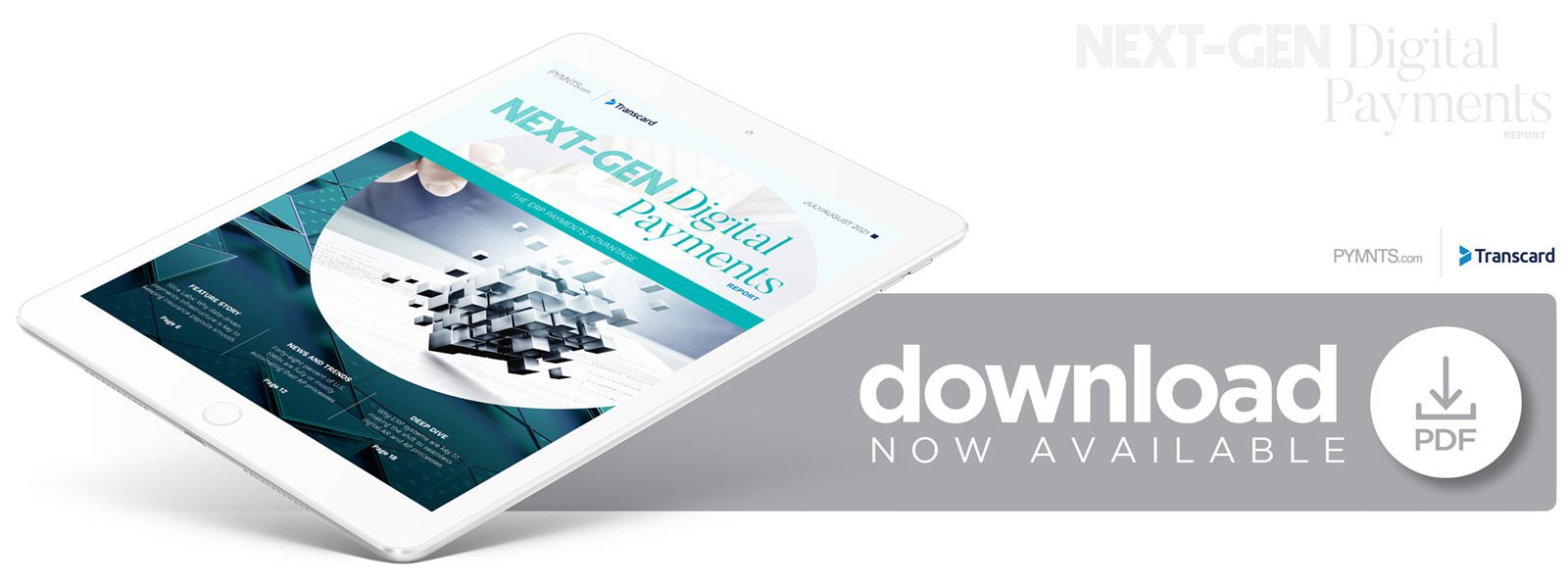Slice Labs: Why Data-Driven Payments Infrastructure Is Key To Keeping Insurance Payouts Smooth

The events of the past year have changed how consumers and businesses view payment delays, regardless of industry and transaction type. Policyholders are no longer willing to wait days for claim payments to finalize so they can receive their funds, for example, putting insurers that are used to working in a historically manual field at a distinct disadvantage, said Philippe Lafreniere, chief growth officer for InsurTech Slice Labs. Slice recently launched a settlement feature that uses automation to quickly identify whether claims are legitimate before processing and finalizing them. Such developments are a must as customers’ expectations for fast, frictionless experiences extend into the insurance space.
“We have this expectation, especially with digitization, that everything is on-demand, everything is instant and we have instant gratification,” Lafreniere said. “The insurance industry is behind in terms of living the on-demand promise … especially digitally.”
Matching the seamless payment experiences that retailers and other merchants provide should be a major goal for insurers, but instant gratification can be difficult to achieve. Businesses must not only support flexible payment options but also incorporate systems and technologies to finalize payments at speed.
The ERP Foundation And Digital Payments
Streamlining claims and other payments has been a top goal in the insurance field for several years, as the influx of InsurTech startups tapping artificial intelligence (AI), machine learning (ML) and other automation technologies exemplifies. It can be tricky to get payouts to claimants as quickly as they expect, however, simply because of how multifaceted and complex filing and verifying claims can be, Lafreniere said.
“Natively, [in] the insurance claims process … the whole [payments step] will be the very last [one],” he explained. “It is a process that is very manual with a lot of gates and a lot of steps — a lot of people involved, potentially. So the more [steps] you have in place, the longer the payment is delayed and then the more stress you have with your policyholders, and that is the experience that they will remember.”
Cutting down on that friction is key to making sure policyholders receive their claims quickly and that agents can swiftly access the data they need. This makes it necessary for insurers to incorporate a robust enterprise resource planning (ERP) or other financial reporting system to hold larger volumes of information. Unfortunately, many traditional insurance providers still rely on systems that are incompatible and that do not share data between them, leading to frustration and delays as consumers are asked to provide the same details over and over. Having an ERP system that underpins the entirety of the process — reducing the complexity of sharing data or filing claims — should be table stakes for insurers at this point.
“It is really about that digital experience,” Lafreniere said. “So that is the domain that we live in, that is what we do and that is what we enable. It is not so much a benefit being tied to an ERP; it is just [that] it needs to happen because we need full traceability down to financial reporting, so [it] goes without saying we do that, we enable that. That is always the one interface that is going to be there.”
This functionality is particularly crucial as the insurance sector slowly moves to digital channels, where interoperability and speed are essential to meeting customers’ and industry partners’ needs. The industry is beginning to embrace digital technologies more readily as manual processes grow increasingly less efficient, making easy online payments a must-have.
Automating Insurance From End To End
Putting ERP systems or other structures in place to speed insurance payments serves more than policyholders. Lafreniere said that insurance agents are looking for instant gratification on their end as well.
“The agents that are the intermediaries, they also want that [instant] experience,” he said. “Slice is also doing a lot of work [on] basically automating the world of the agents … so that they still get their fair share of recognition in how they are enabling the industry.”
Weaving automation into the insurance life cycle is a necessary task for insurers as the trend toward digitization continues. Keeping a close eye on which tools and technologies could prove beneficial in this regard should be a priority for all players in the space.
